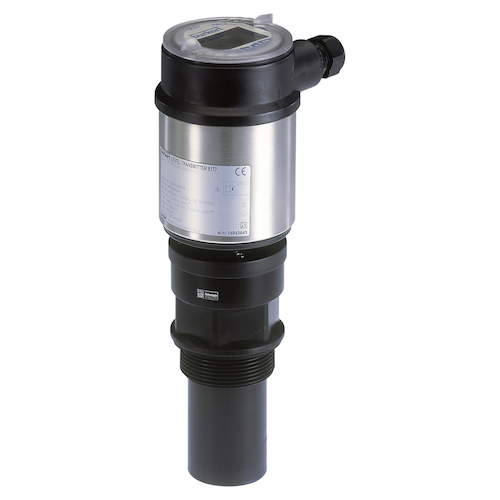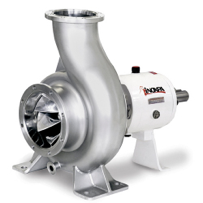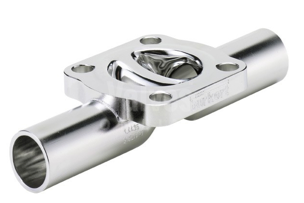
Complete guide to different types of level transmitters
What is a level transmitter?
To put it simply, a level transmitter is an instrument that provides constant level measurement. Level transmitters are used to determine the level of a certain bulk-solid or liquid at any given time. Level Transmitters are different from level switches, which only sound an alarm when the level of material reaches a predetermined level. This blog explains how different types of level transmitters work.
Types of level transmitters and how they operate
How many types of level transmitters are there?
There are six main types of level transmitters. Each of these transmitters works in different ways, making them useful for a number of different types of processes. BM Engineering provides pressure gauges. Find out how to use pressure gauges on our knowledge hub, from which the transmitters receive information.
- Radar fill level transmitters
- Ultrasonic level transmitter
- Guided Microwave Level Transmitters
- Magnetic Level Transmitters
- Capacitance Level Transmitters
- Hydrostatic Level Transmitters
Radar fill level transmitters
Radar fill level transmitters use radio wave emissions just like radars. Usually, these devices are mounted at or near the top of a tank filled with a liquid. The transmitter itself sends out a radar signal into the liquid in the tank and receives a reflection of that signal. The transmitters will then accurately calculate the current fill level of the tank based on how long it takes the transmitted signal to return.
Ultrasonic level transmitter
Ultrasonic level transmitter, which acts in a manner similar to the non-contact radar fill level transmitters. With this transmitter, an ultrasonic transducer mounted to or near the top of the container sends out an ultrasonic pulse. When the pulse hits the surface of the liquid, it is reflected, and the sensor calculates the fill level based on the time between the pulse and the return signal.
Guided microwave level transmitter
Guided microwave level transmitters, this different type of level transmitter works by sending a microwave or electromagnetic pulse through a sensor rod/cable. When the signal hits the surface of the liquid, it travels back up the sensor rod and back to the transmitter housing. The electronics are integrated into the transmitter housing, which determines the filling level from the time taken for the signal to travel down the sensor rod and back up again. The value is then shown in the display of the transmitter. This type of level transmitter is suitable for liquids and is used in industrial applications in all areas of process technology.
Magnetic level transmitter
Magnetic level transmitters use a small, magnetic object suspended in a buoyant float. This is normally inside a narrow auxiliary column, in order to restrict any lateral movement of the float. While the float sits on top of the liquid, a different magnetic device measures the movement of the float. This allows an accurate, consistent fill level to be transmitted. This method is useful for continuous measurement, due to the float’s tendency to rise or sink in harmony with the level of liquid.
Capacitance level transmitter
Capacitance level transmitters take their name from capacitors. In other words, the electrical circuit element which temporarily stores energy for a circuit to use. Capacitors store energy between two insulated electrodes. A non-conductive medium is placed between the two electrodes to help store electrical charge. The more dielectric the medium, the more energy can be stored. So capacitance level transmitters, therefore, use the liquid in a tank as a dielectric medium between two or more electrodes.
Hydrostatic level transmitter
Hydrostatic level transmitters, also known as pressure level transmitters, essentially determine a container’s fluid contents by measuring the pressure of the resting body of fluid within it. The bigger the force of the liquid, the bigger the volume of fluid inside the container. This is one of the most common types of fill level detection devices. It is crucial that the liquid’s density remains constant to ensure accurate measurement. As the liquid’s gravity increases, the pressure per cubic inch exerted on the transmitter also rises.
Our Products
At BM Engineering, we offer a comprehensive range of high-quality valves designed to meet a range of industrial needs. Additionally to valves, we also stock a variety of engineering components such as actuators, pressure gauges, ancillary equipment, and instrumentation.
Contact us
For more information on BM Engineering and our products, contact us today and speak to one of our specialists.



